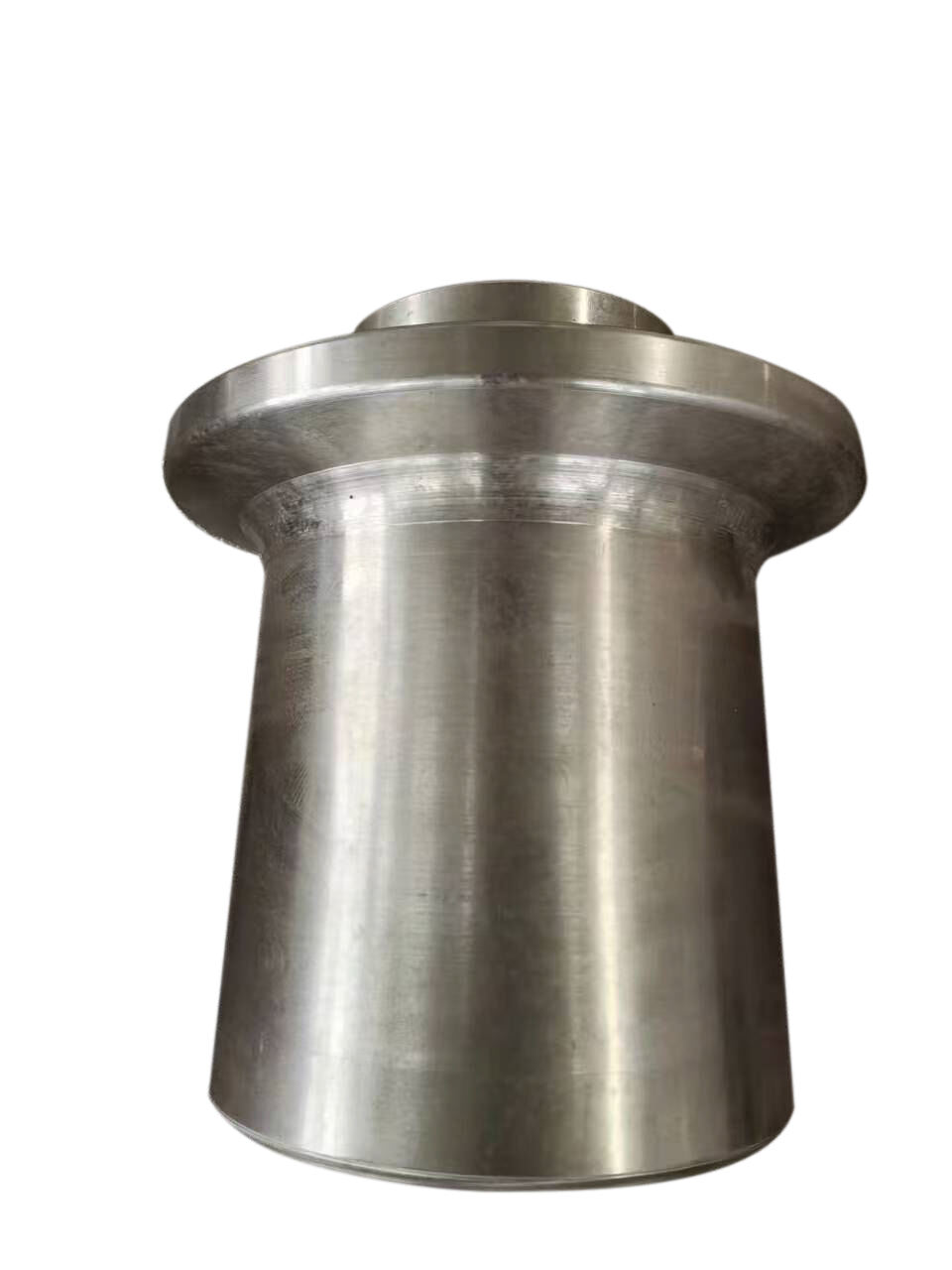welding mild steel to cast steel
Welding mild steel to cast steel is a sophisticated joining process that combines two distinct steel variants into a strong, durable bond. This process requires careful consideration of the materials' properties, as mild steel and cast steel have different carbon contents and microstructures. The procedure typically involves preheating the cast steel component to prevent thermal shock and reduce the risk of cracking during the welding process. Modern welding techniques, such as shielded metal arc welding (SMAW) and gas metal arc welding (GMAW), are commonly employed for this application. The process demands precise temperature control and appropriate filler materials that are compatible with both steel types. The joint area requires thorough cleaning and preparation to ensure optimal weld quality. This welding technique finds extensive applications in manufacturing, construction, and repair work, particularly in machinery components, structural elements, and industrial equipment. The success of the weld depends on factors such as proper electrode selection, welding parameters, and post-weld heat treatment to relieve internal stresses.
